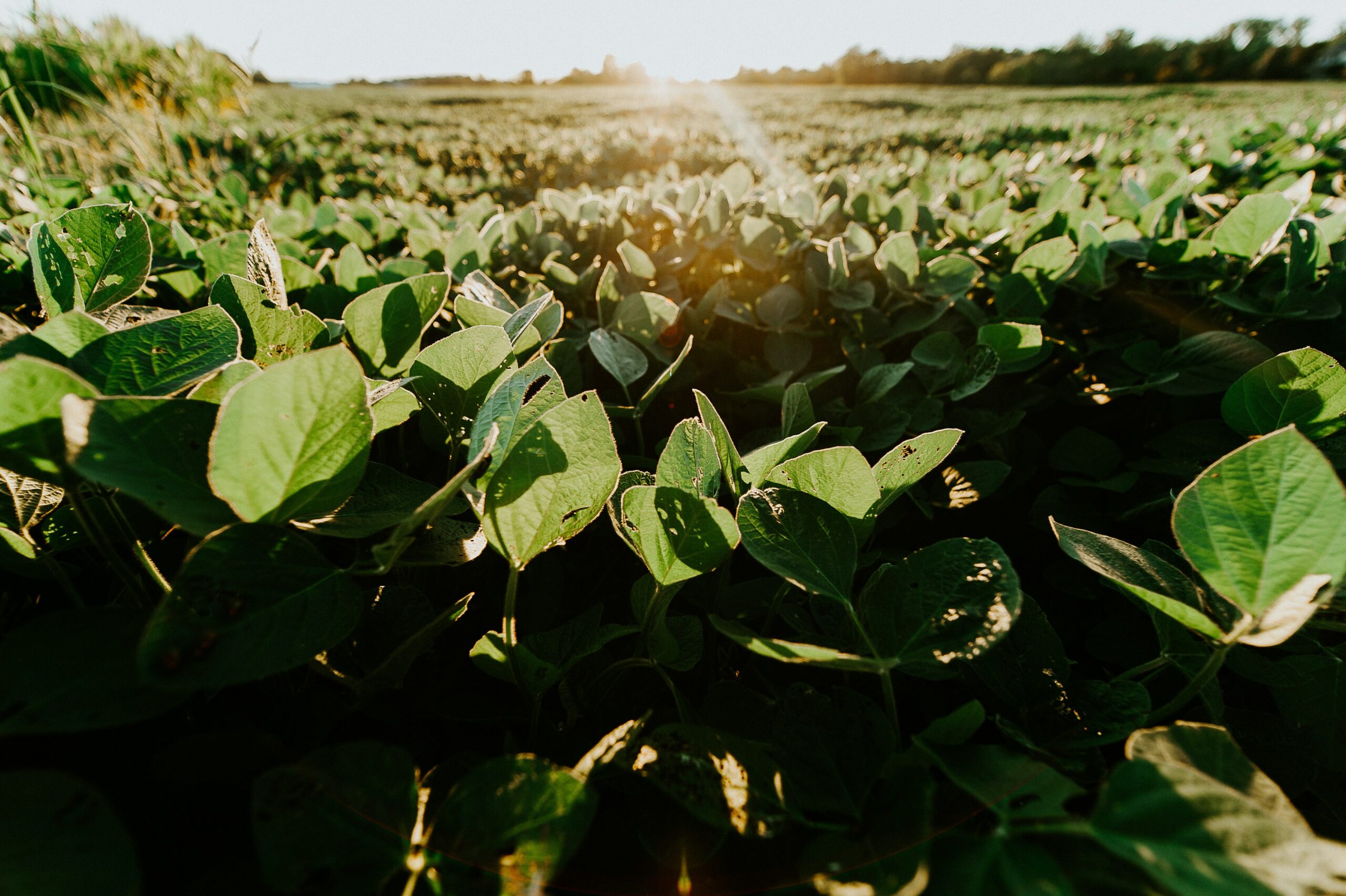
Benefits of replacing soy with BSF larvae as a protein source in animal feed, post 2 of 5
In this post series we talk about the benefits of replacing soy with black soldier fly larvae (BSFL) as a protein source in animal feed. In the first post of the series we take a look at the nutritional value – what else than protein does BSFL consist of?
Nutritional value:
Black soldier fly larvae (BSFL) are rich in protein, fat, and other essential nutrients required by animals, containing nutrients especially suitable as a feed for chicken, pigs, fish, prawn, and many pet animal species as part of the overall diet. They contain up to 63% protein (33-63% depending on study, which also relates to what the larvae is fed with), which is similar to that of soybean (36-56% depending on study). BSFL also have a favorable amino acid profile and are a good source of essential fatty acids, making them an excellent source of nutrition for animals.
According to publicly available studies;
“In the process of degrading waste, BSFL converts organic waste into amino acids, peptides, proteins, oils, chitin, and vitamins, thereby controlling certain harmful bacteria (such as Salmonella and Escherichia coli) and pests, and are also used in medicine and chemical and various animal feeds (mainly pets, pigs and poultry).”
“Black soldier flies have the ability to synthesize and process unsaturated fatty acids, which are important in the diet of livestock. Black soldier fly larvae are also rich in minerals such as calcium, iron, magnesium, sodium, zinc, and potassium. These minerals are important in the diet of humans and animals.”
“The most abundant essential amino acids are leucine (average 44.6 g/kg, from 27.8 g/kg to 78.3 g/kg), lysine (average 38.8 g/kg, from 23.0 g/kg to 68.2 g/kg) and valine (average 40.1 g/kg, ranging from 28.2 g/kg to 67.9 g/kg). These three amino acid contents are higher than those of soybean meal, and even the valine content is higher than that of fish meal. The least abundant essential amino acids are methionine and tryptophan, which are comparable to soybean meal and are much lower than fish meal. The content of histidine range from 9.8 g/kg to 48 g/kg, and the content of isoleucine range from 17.7 g/kg to 48 g/kg, which is slightly higher than soybean meal and fish meal. The content of phenylalanine range from 16.4 g/kg to 77.6 g/kg, and the content of threonine range from 16.2 g/kg to 45 g/kg, which are basically the same as soybean meal and fish meal. Arginine and histidine are lower than soybean meal and fish meal.”
Follow Manna’s company profile in LinkedIn, as well as our home page for more use cases, examples and generally information about rearing and breeding BSF at professional level. And if you wish to calculate the costs of running BSF larvae rearing operations, check out our free BSF business case calculator to see if this all makes sense in your case, and what the cost and income structure could be.
Cover picture: Unsplash
